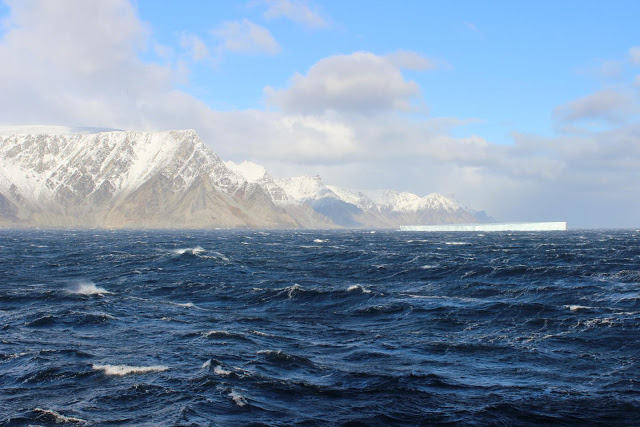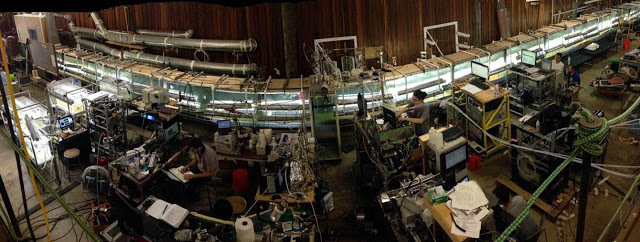| Online: | |
| Visits: | |
| Stories: |

| Story Views | |
| Now: | |
| Last Hour: | |
| Last 24 Hours: | |
| Total: | |
The Ocean Could Help Unravel the Mysteries of Cloud Formation
Sea spray aerosol particles occur naturally at the ocean-air boundary and can help to seed new clouds. Along with collaborators, the Bertram group studies sea spray aerosol on research cruises and also in controlled laboratory environments.
Credit: Courtesy of Michelle Kim
Clouds are made of tiny droplets of water. It has long been known that the droplets that make up clouds form around tiny nuclei — grains of dust, salt or even microbial life.
Clouds help reflect solar energy back to space, but the process for a particle to seed a cloud can change depending on the natural setting. A particle must take up water from its surrounding environment in order to seed a cloud, but the particle’s chemical composition may be very uniform or very diverse, affecting its ability to do so.
In order to investigate sea spray particles formed at the ocean-air boundary in nature, researchers used a 33-meter-long wave channel to replicate waves found in nature. They filled the wave channel, which is located at the Scripps Institution of Oceanography, with seawater from the ocean.
Credit: Courtesy of Christina McCluskey
‘While the emission of particulates from the ocean isn’t nearly as strong as that from trucks, the majority of the Earth’s surface is not covered by trucks,’ Bertram says. ‘The ocean may be a diffuse source (of these particles), but it’s a very important source.’
In their new work, Bertram and colleagues’ investigation began in a laboratory-based wave channel, which allowed them to replicate the types of sea spray aerosol particles found near ocean waves. They also studied particles from the actual ocean-air boundary. By mimicking ocean waves and sea spray in the wave channel, the researchers could gain insight into the structures and cloud-formation potential of particles in the open ocean.
The team then developed a new method that categorizes a diverse population of aerosol particles based on their likelihood of taking up water from the surrounding environment and forming a cloud. Previous approaches yielded one number to assess sea spray aerosol particles’ ability to form clouds. The new method, however, provides a more precise measure by indicating the percentages of particles in each category, thus more properly accounting for particle-to-particle variability in cloud formation.
‘The advancement is that this is general,’ Bertram says. ‘It’s a framework people can use broadly to look at this question of the diversity of particulates and how they impact cloud formation.’
Timothy Bertram
Source: http://www.ineffableisland.com/2015/06/the-ocean-could-help-unravel-mysteries.html



